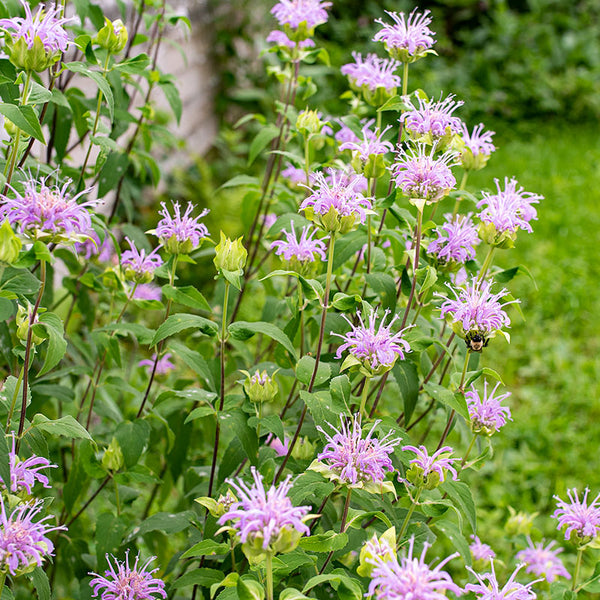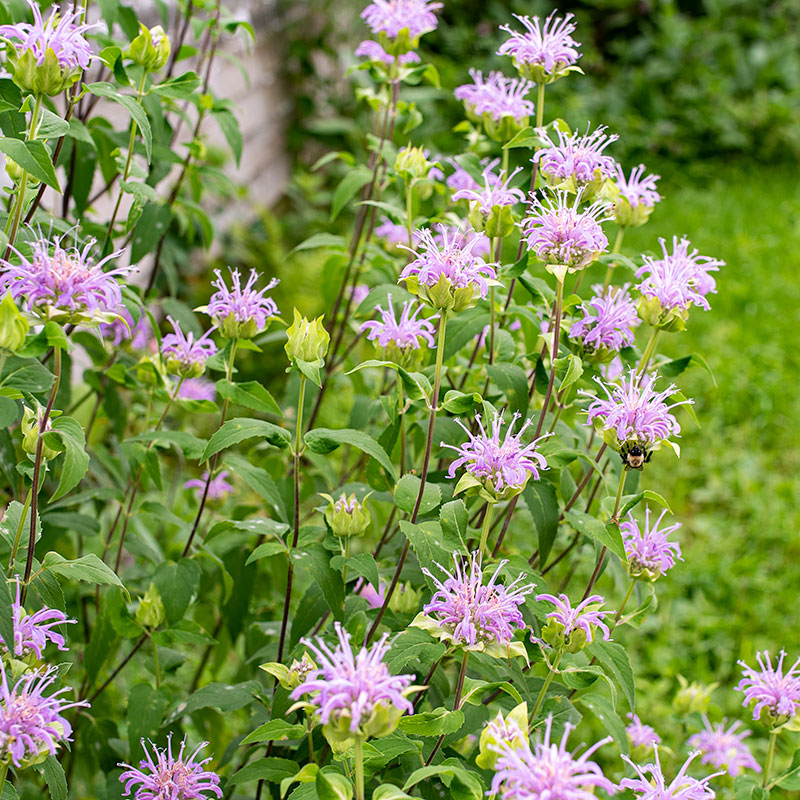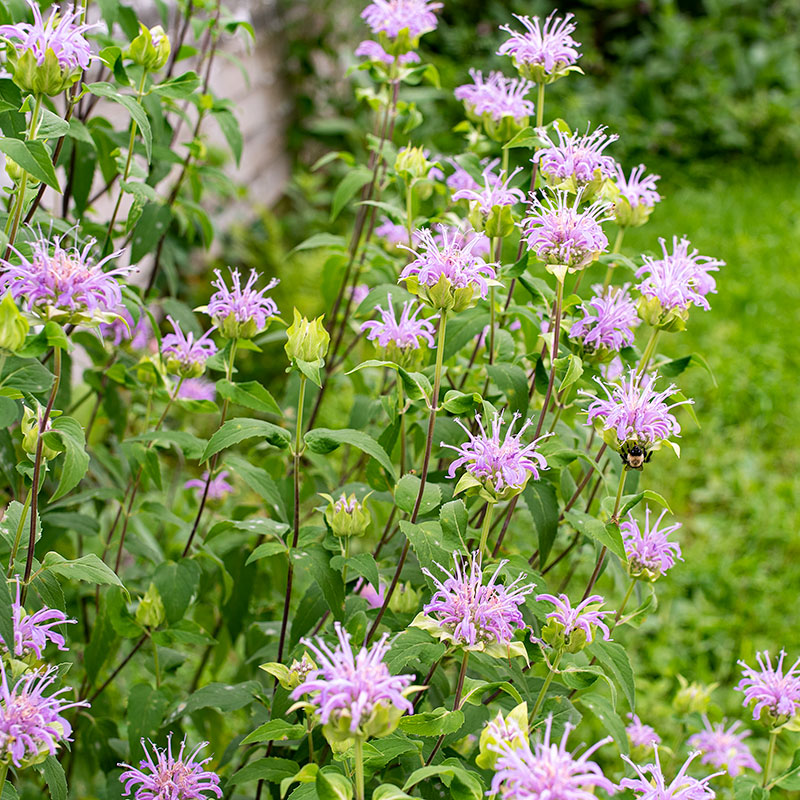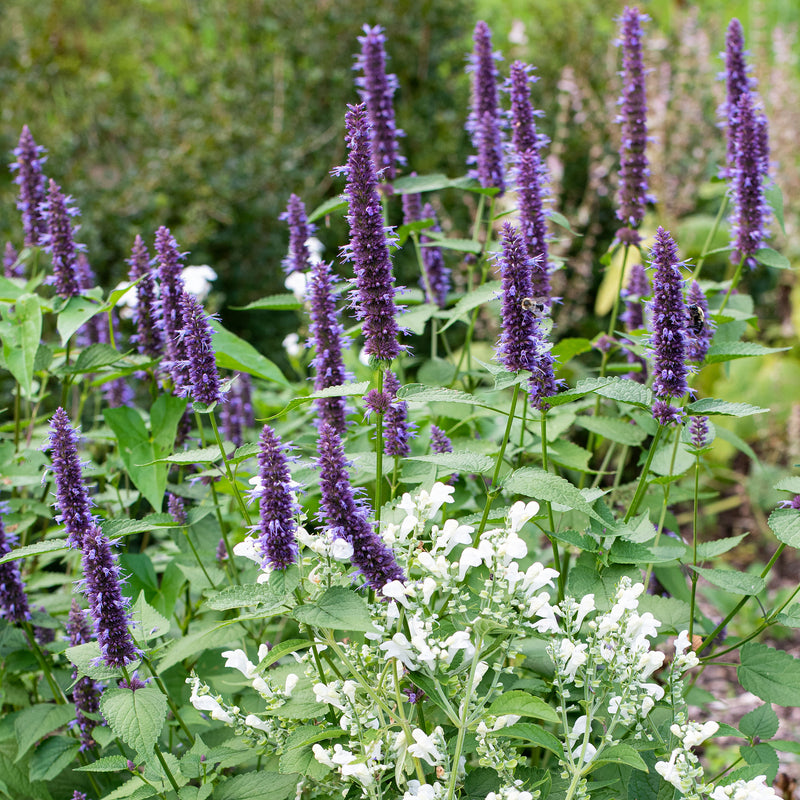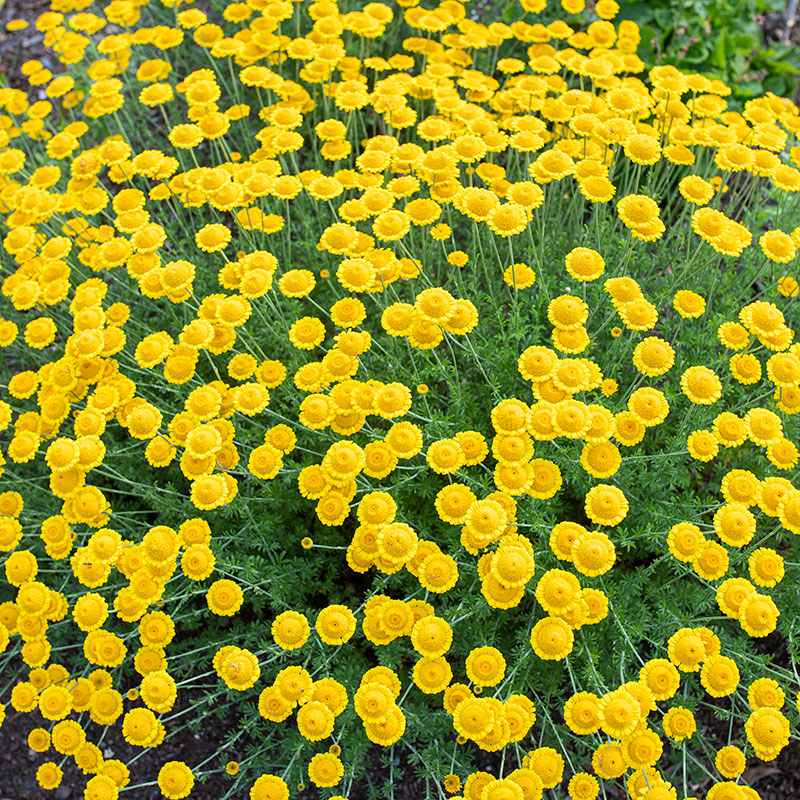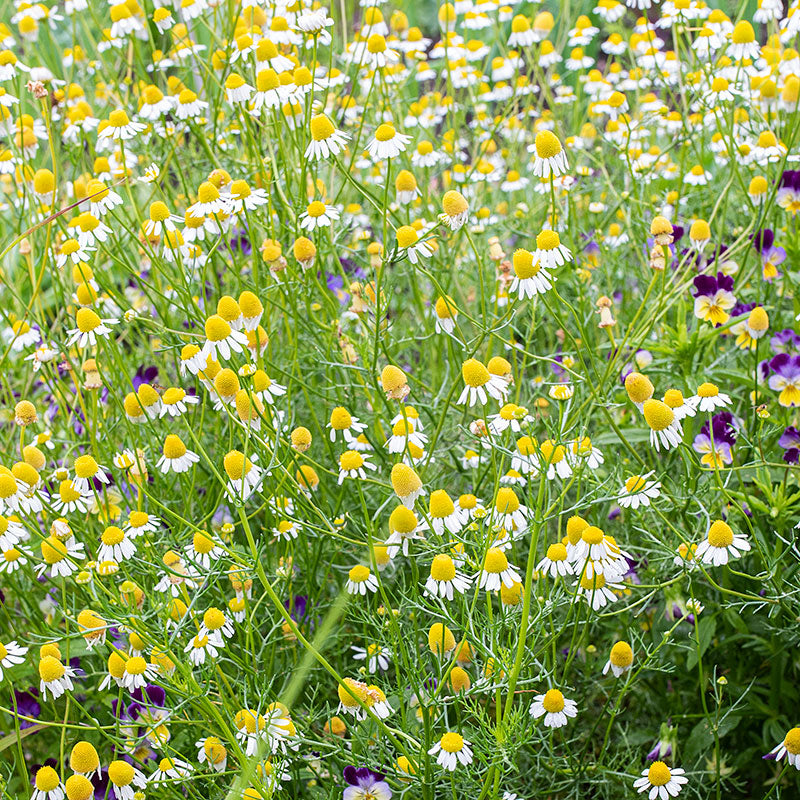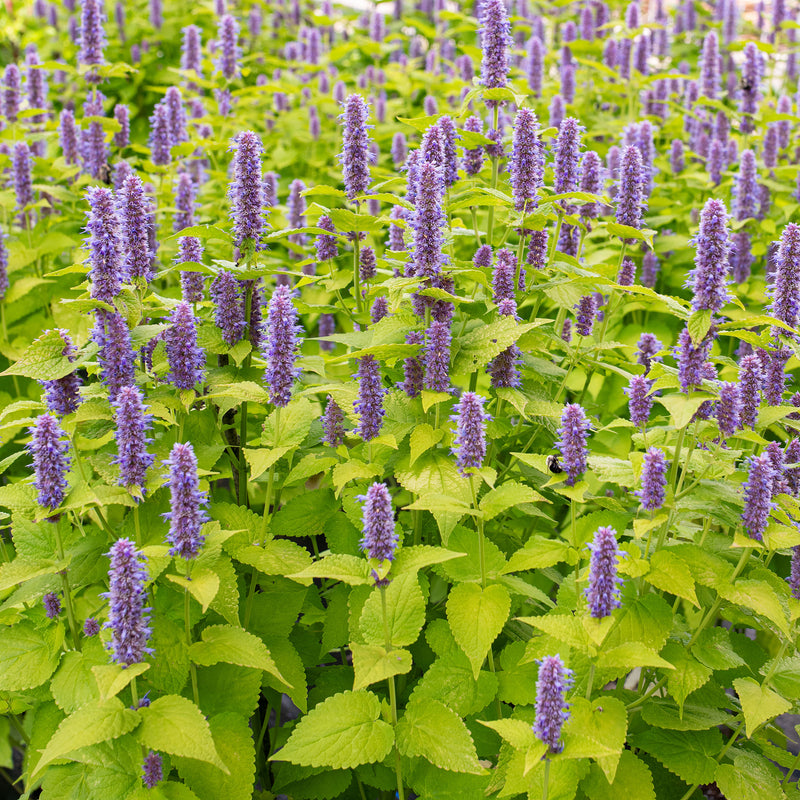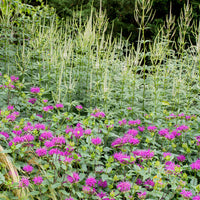SOWING INSTRUCTIONS
Depth:
Surface or barely cover.
Starting Indoors:
A moist stratification period of 30 days in the refrigerator may be beneficial but is not required for germination. Sow indoors 6-8 weeks before last frost Keep at 60-70°F, then after transplant, grow on cooler 55-60°F until setting outdoors.
Starting Outdoors:
Direct sow outdoors in spring or early fall.
WHEN TO SET OUTSIDE
At last spring frost date or in early autumn.
PLACEMENT & CULTIVATION
Bee balm is an essential perennial for sunny, moist meadow plantings and informal borders, where it attracts hummingbirds, butterflies, specialist bees and bumblebees, and provides nesting sites. For the best show, plant into compost-enriched soils and space well apart to discourage powdery mildew. Deadhead flower heads that have faded to encourage a rebloom or allow the dried stems and flower heads to add interest to late fall and winter gardens. A member of the mint family, it spreads readily by runners and can hollow out in the center after a few years. Divide every 2-3 years, or cut offshoots to replant. A host plant to the caterpillars of several moth species.
Watering Details:
Keep moist, especially in full sun, but avoid overly saturated soils.
Soil pH:
Prefers acidic to neutral, but will grow in slightly alkaline soils. Adding some well-rotted manure to alkaline soil can help to bring the pH level down a bit.
Fertilizer:
Each spring, apply about 1/2-1" of compost.
Diseases & Pests:
Mildew and leaf spot can be prevented by proper thinning and allowing for good air circulation. Keeping soil evenly moist while not splashing the leaves when watering will also help to prevent this problem.
When to Cut for Bouquets:
Harvest when the flowers are nearly open.
































